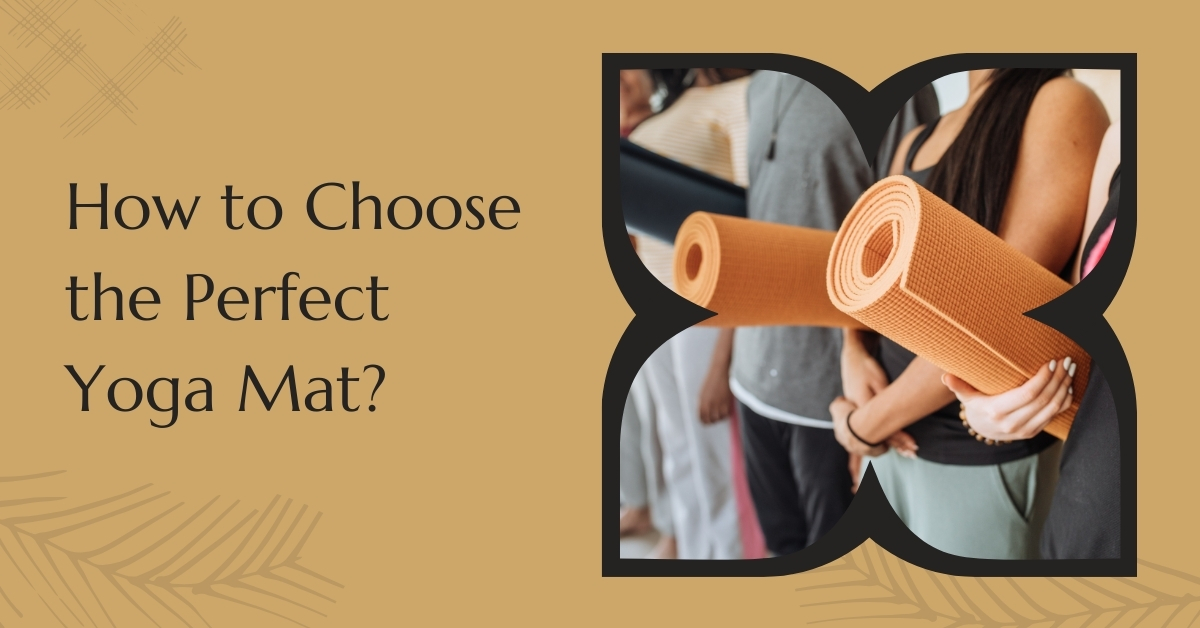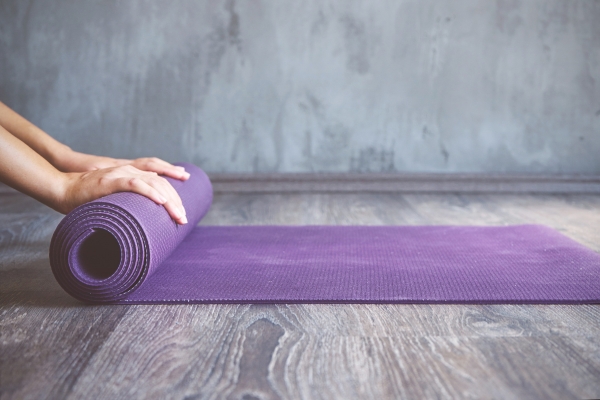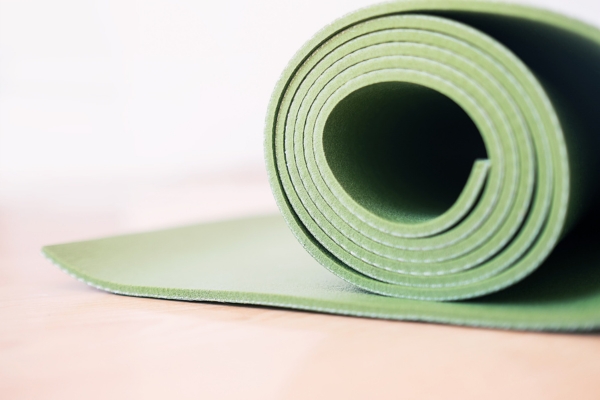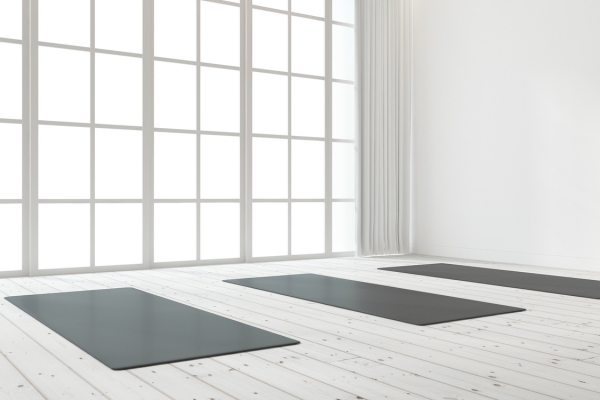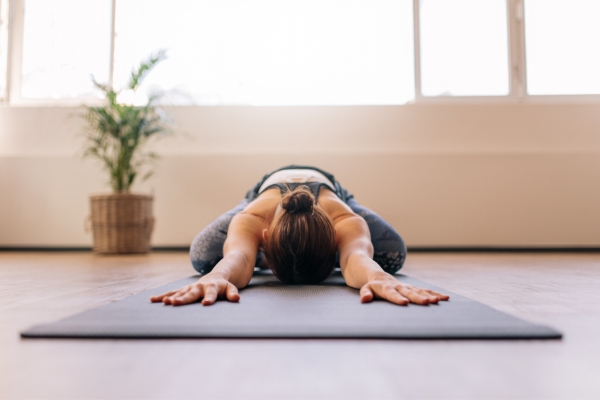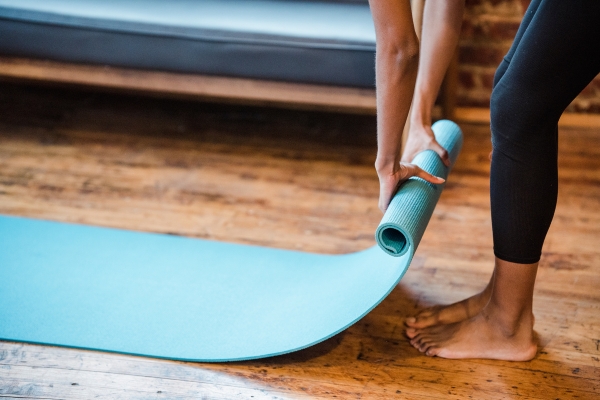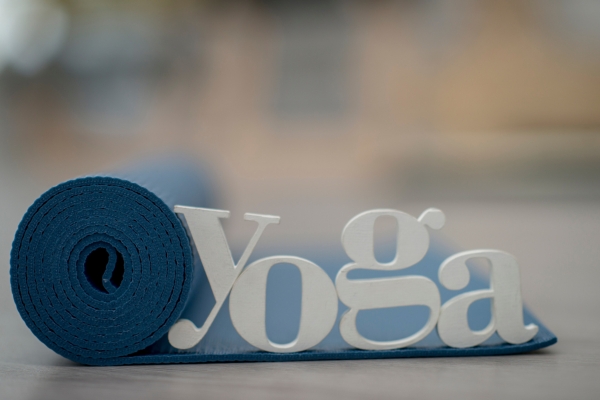Yoga is not just exercise; It is a lifestyle that creates balance, strength and inner peace. Whether you’re an experienced yogi or you’re just starting your journey on the mat, choosing the right yoga mat is essential to achieving a complete workout. With countless factors from materials to size to style, finding the perfect yoga mat can be difficult. To help you through this process and make an informed decision, let’s explore the key factors to consider when choosing your yoga mat.
1. Material of Yoga Mat
The materials you use for your yoga mat can greatly affect your practice experience. PVC (polyvinyl chloride) fabric is durable and offers excellent grip, but it may not be environmentally friendly. TPE (thermoplastic elastomer) mats are a more environmentally friendly option, biodegradable and free of harmful chemicals. Natural materials such as rubber, cotton and jute provide an organic feel and tend to provide better absorption. Consider your priorities when choosing materials for your yoga mat- whether it’s durability, durability, or grip.
2. Thickness of Yoga Mat
The weight of your yoga mat affects the fit and support.A typical yoga mat measures approximately 4 mm in thickness, whereas the thickest yoga mat available is about 1.5 cm. On the other hand, thin yoga mats range between 1 and 3 mm in thickness. Specifically designed for travelling purposes, wafer thin yoga mats are only 1 to 2 mm thick. These travel yoga mats can be effortlessly folded and are lightweight, making them convenient to carry in a suitcase. Choose the thickness that best suits your practice style and personal comfort and preference.
3. Dimensions of Yoga Mat
The dimensions of a typical yoga mat are 183 × 60 cm. Your choice of yoga mat should be based on your height. If you are 190 cm or taller, a standard yoga mat will be too short for you. In this case, it is recommended to opt for a longer mat. A good guideline is to choose a mat that is your body length plus 10 cm. For example, if you are 190 cm tall, a yoga mat of 200 cm would be ideal.
Certain yoga poses, like Svahasana, involve lying stretched out on the mat with your hands beside your body. Individuals with broad shoulders or wide hips may find that their arms extend beyond the edges of a standard yoga mat. In such cases, selecting a wider mat, measuring 66 cm or more, would be a wise decision. A wider mat provides greater freedom of movement and flexibility.
4. Texture and Grip of Yoga Mat
In addition to stickiness, the composition of a yoga mat also plays a crucial role in maintaining balance and proper alignment. While stickiness ensures a secure grip through suction, the texture of the mat provides a physically diverse surface to prevent slipping. Insufficient grip can lead to unwanted injuries as you slide away during yoga poses.
However, mats with raised textures offer enhanced grip, ensuring the safety of your yoga poses even if you perspire heavily. If you prioritize comfort and softness, TPE and PVC mats are the ideal choices. However, it’s important to note that some of these mats may offer less grip when wet. In such cases, a specialized yoga mat grip towel can provide the perfect solution.
5. Durability of Yoga Mat
A long-lasting yoga mat is characterized by its durability, appropriate top layer, and absence of harmful substances and materials. When it comes to material selection, one can opt for 100% natural materials like wool, natural rubber, and cotton. Alternatively, emission-free and toxic-free PVC yoga mats are also an excellent choice as they endure intensive use and contribute to sustainability. Moreover, all these mats can be recycled once they reach the end of their lifespan.
6. Price of Yoga Mat
Consider both your budget and the features and quality of the yoga mat when making a purchase. There are yoga mats available at different price points, so it’s important to find one that fits within your budget. While there are affordable options, it’s worth investing in a high-quality mat as it can improve your overall yoga experience and have a longer lifespan. Look for a mat that offers durability, performance, and additional features such as alignment guides or carrying straps to get the most value out of your purchase.
7. Style of Yoga Mat
Finally, consider the style and design of the yoga mat that reflects your personality and aesthetic preferences. Choose from a wide array of colors, patterns and textures that touch and inspire your event. Some mats even have alignment guides or inspirational quotes to increase your focus and motivation on the mat. Find a mat that speaks to you and makes you enjoy your yoga.
In conclusion, choosing the right yoga mat requires careful consideration of materials, size, thickness, shape, grip, durability, price and style. By understanding your needs and wants, you can find a bed that supports your project and enhances your overall experience in the bedroom. Remember that your yoga mat isn’t just a tool—it’s your sacred space for self-discovery, growth, and inner peace. Choose wisely, and let your mat be your trusted companion on your yoga journey.

